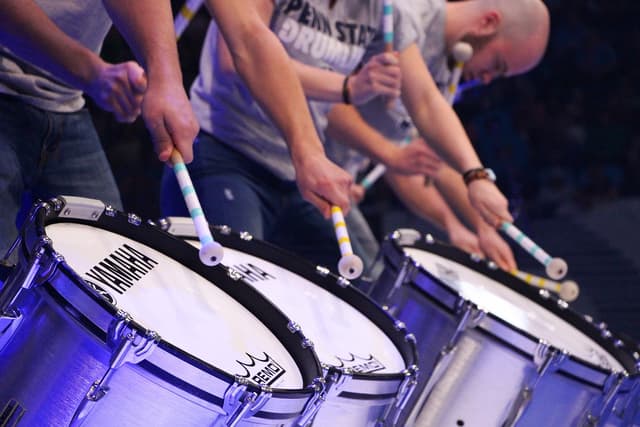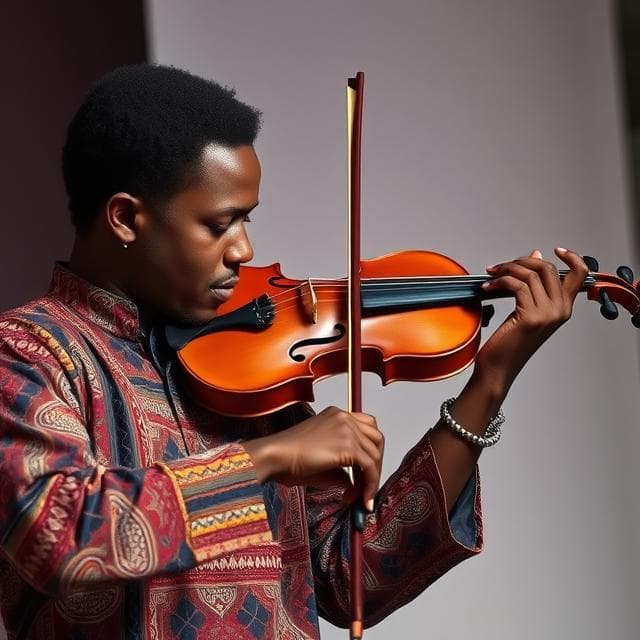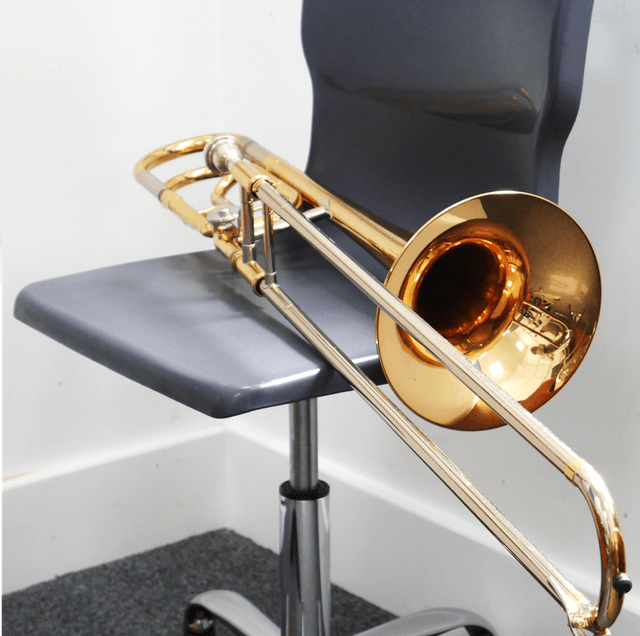Myths about teaching can hold you back
- Year 6
Polyrhythmic accompaniments
I can rehearse songs with many layers effectively to prepare for a performance.
- Year 6
Polyrhythmic accompaniments
I can rehearse songs with many layers effectively to prepare for a performance.
These resources were made for remote use during the pandemic, not classroom teaching.
Switch to our new teaching resources now - designed by teachers and leading subject experts, and tested in classrooms.
Lesson details
Key learning points
- Rehearsing together makes sure that everybody knows their part in the ensemble and when to play.
- Rehearsing together is a skill that can be developed.
- Performing to a small audience gives you the opportunity to develop your performance skills.
Keywords
Rehearse - to practise in order to improve and prepare for performance
Perform - to present music, playing or singing for an audience
Accompaniment - a musical part that supports the main melody
Polyrhythm - playing two or more conflicting rhythms at the same time
Common misconception
We only need to rehearse if we find our part difficult.
Rehearsing can warm you up for a performance and make sure you feel alert and ready to perform. It also makes sure you know when and how to play and not just what to play.
To help you plan your year 6 music lesson on: Polyrhythmic accompaniments, download all teaching resources for free and adapt to suit your pupils' needs...
To help you plan your year 6 music lesson on: Polyrhythmic accompaniments, download all teaching resources for free and adapt to suit your pupils' needs.
The starter quiz will activate and check your pupils' prior knowledge, with versions available both with and without answers in PDF format.
We use learning cycles to break down learning into key concepts or ideas linked to the learning outcome. Each learning cycle features explanations with checks for understanding and practice tasks with feedback. All of this is found in our slide decks, ready for you to download and edit. The practice tasks are also available as printable worksheets and some lessons have additional materials with extra material you might need for teaching the lesson.
The assessment exit quiz will test your pupils' understanding of the key learning points.
Our video is a tool for planning, showing how other teachers might teach the lesson, offering helpful tips, modelled explanations and inspiration for your own delivery in the classroom. Plus, you can set it as homework or revision for pupils and keep their learning on track by sharing an online pupil version of this lesson.
Explore more key stage 2 music lessons from the Sing, play, perform: accompanying songs with polyrhythms unit, dive into the full primary music curriculum, or learn more about lesson planning.

Equipment
Group sets of unpitched percussion e.g. claves, djembe and shakers.
Licence
Prior knowledge starter quiz
4 Questions
Q1.When we play or sing together in a group, we are performing as part of .
Q2.We accompany Senwa Dedende with a rhythmic ostinato. How would you describe this?
Q3.Which of these is an example of an unpitched percussion instrument?







